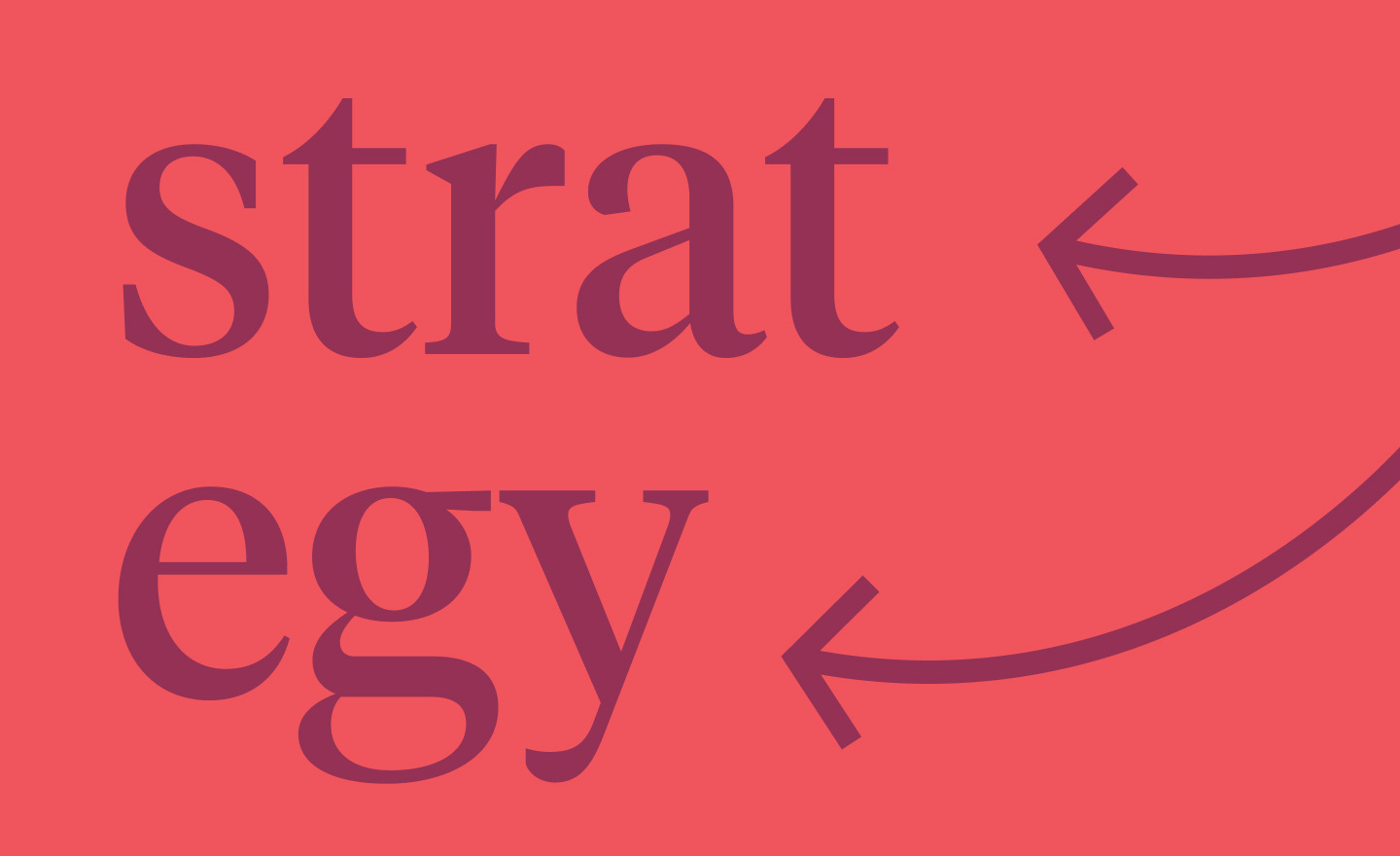As my colleague and Mack Reed so well expressed in a recent post on Veebit, human-centered analytics stand to play a decisive role in team performance — in companies no less than professional sports organizations such as the Chicago Cubs.
Collaboration: a cornerstone of the future of work.
This assertion comes at a time when a growing number of organizations treat the team as the unit most critical to long-term success.
Growing numbers of companies are recognizing that more good ideas derive from team collaboration than from individual epiphany. You might say that collaboration fosters innovation. So it only makes sense that a smart, forward-looking company will invest in collaboration technology to secure its place in the future of work.
Diversity: taking collaboration to the next level.
Smarter companies go farther still: They are taking a closer look at their people, not just the communications technologies that connect them. (What they’re really doing is viewing the two as halves of a unified whole, engaged in a feedback loop. But that’s a subject for another day.)
They are starting from the premise that great minds think unlike. Diversity, it turns out, is more than a social and ethical good. (Though please, whatever else it may be, let us never lose sight of this fact above all.)
Diversity is also a business asset of the first order. Diverse experiences and perspectives generate more ideas and better critical filters. They foster deeper empathy and insight into customers and communities. They sharpen our ability to envision outcomes and consequences.
The data, still far from exhaustive, remain compelling even so. As a general rule, while teams perform better than individuals, diverse teams perform better than homogenous ones.
This radically simple insight has far-reaching implications.
First, it’s driving the best companies to do everything they can to build diverse organizations supported by cultures that embrace inclusion, equity and even advocacy as core values.
In many business sectors, including technology, this leads to huge challenges in its own right. Even so, the will to surmount them is gaining momentum.
Defining diversity more finely
Outside observers may not see the deeper struggle going on within organizations: Decision-makers are asking pointed questions about what, exactly, diversity is.
It’s one thing for an organization to identify areas where it lacks diversity. It’s another thing entirely to know (beyond arbitrary targets) what an optimally diversified organization really looks like. Who is best to include? And where? And when?
Also, as we gather more insight into team performance, the classic diversity distinctions (women, minorities, etc.) begin to seem a bit coarse-grained.
To be sure, many of the unique perspectives shared by any group’s members owe much to that group’s shared traits and experiences. But why stop there? If diversity drives value, then the better we understand it, the better we can activate it. And the greater the value it can deliver in turn.
Classifications and questions, algorithms and answers.
Companies and institutions are beginning to redefine diversity, aided by new kinds of data—and new kinds of tools. [Full disclosure: I’m a shareholder and team member bringing one of those tools, VeebitTEAM, to market.]
With such tools, we are now in a position to ask:
- What new, previously hidden classes and layers of diversity remain for us to unearth?
- How do any new classes map to the conventional groupings we are already accounting for?
- What are the ranges and tendencies of various individuals within a given group?
- What can we learn from correlating human-centered analytic insight to existing groups (as well as to actual performance data from individuals and teams)?
- What are the all the meaningful, measurable dimensions of diverse thinking, values and experience that any individual possesses?
The point where diversity and individuality converge is the point where every team member stands to be fully included, valued and heard.
With veebitTEAM and other tools, we’re getting better at understanding how to factor diversity into the team dynamic. We might even be rising to the level of sophistication that the transformative promise of teamwork deserves.
This post first appeared in slightly modified version on veebit.com.




